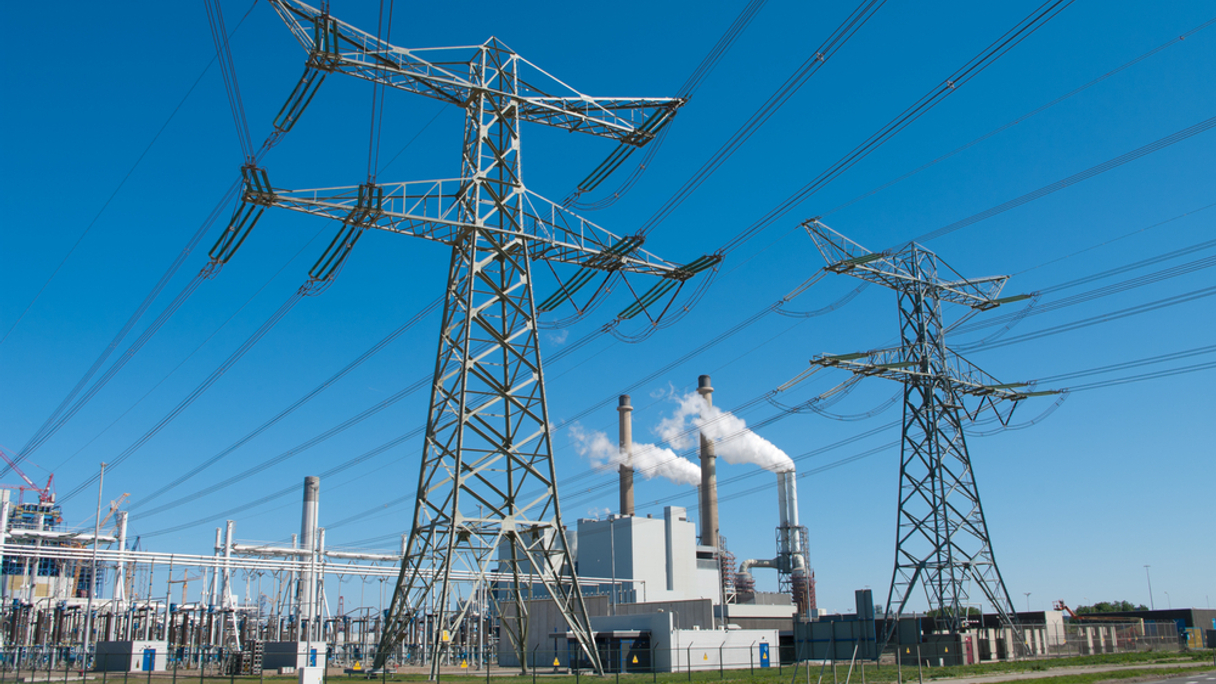Indonesia is set to welcome its first publicly listed power company after Cikarang Listrindo started pre-marketing for an initial public offering on Thursday.
¬ Haymarket Media Limited. All rights reserved.



